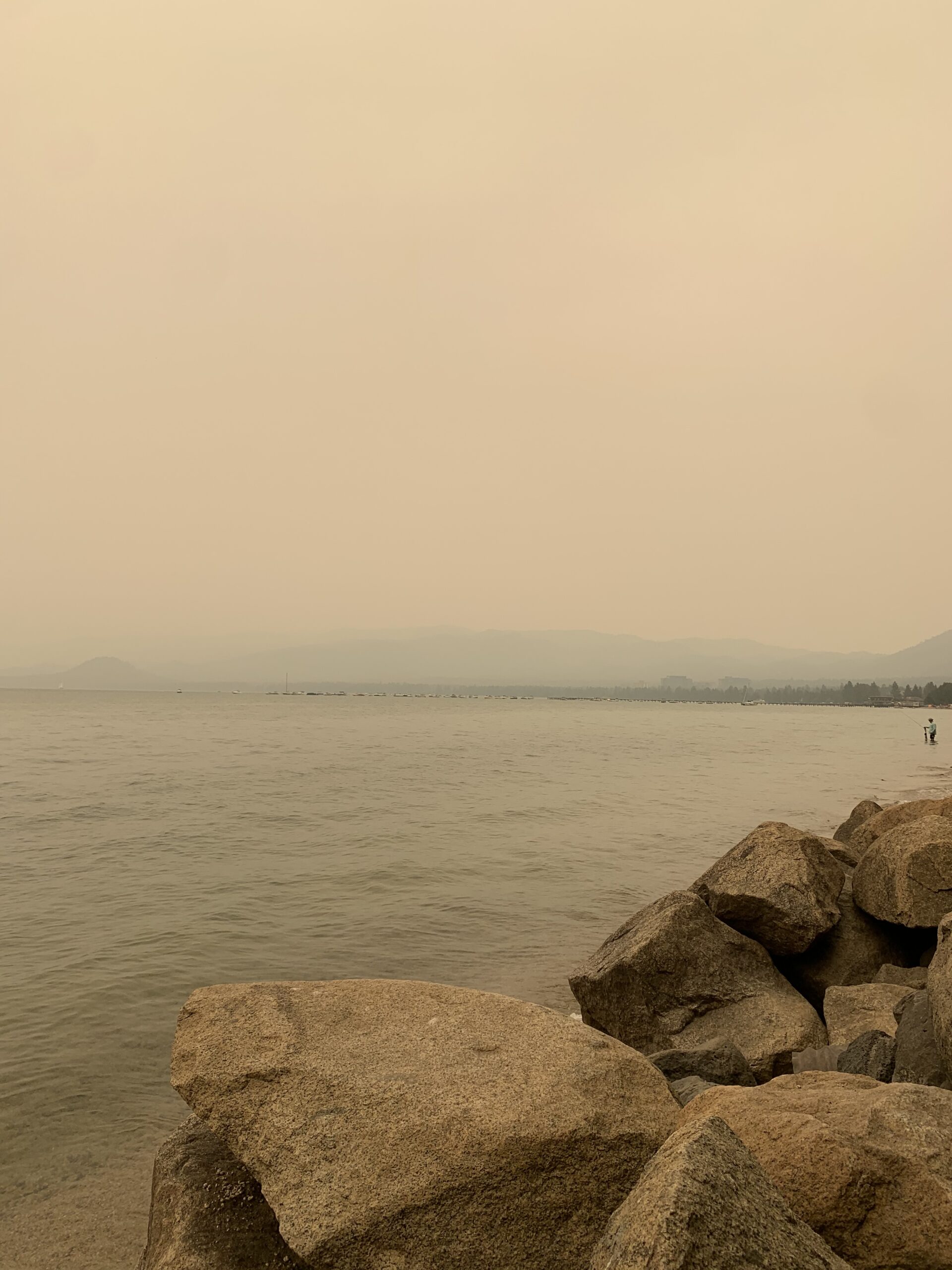This summer Katie Matuska, Mothers & Others For Clean Air’s Research Associate, is experiencing first hand the effects of the wildfires in the West:
Due to COVID-19 I have temporarily moved away from the Southeast back to my home-town of Carson City, Nevada. Carson City is 20 minutes from the California border, 30 minutes from Lake Tahoe, and 2 hours from Sacramento. Let me be clear, wildfires have always been our natural disaster of choice out here. The desert climate, warm summer temperatures, and dying pine trees are a perfect remedy for fires. We always have lived the summer months with our eyes glued to the “Smokey the Bear” sign on Main Street. When I was 6, we were evacuated from our home due to the Waterfall Fire.
But once again, let me be clear. Every year it gets worse. This is not normal. Starting in 2013, my sophomore year of high school, we began expecting that every school year would begin with hazy air and a bright orange sun. My junior year, 2014, I made the volleyball team only to be kicked out of our gym because the football players had to practice indoors due to the unhealthy air quality. The summer of 2018 we suffered for over a month from the smoke from the PG&E fires. During this month, the visibility at the best was 5 miles. One evening I went to the beach at Lake Tahoe. I came home with bright red and swollen eyes – this lasted two weeks. We thought that was bad. And it was. Until 2020.
This year we have had record high temperatures which caused thunderstorms. With thunderstorms came lightning. With lightning came the forest fires. On August 14th, lightning struck in Loyalton, California, 70 miles north of my home. Since that day we have been inundated with smoke. I have hardly been outside. Yesterday the visibility was 2 miles. More than 6 million acres have burned across the West. There are large fires in 8 of the western states. At least 35 people have lost their lives directly due to the fires, and dozens of others are missing. The high temperatures, strong winds, and decades of drought are the perfect firestorm, in a very literal sense. Today is September 14th, and the fire that started in Loyalton a month ago is still burning.
This is homes destroyed. This is lives lost. This is property damage. This is expensive. This is Climate Change.
Scientists are sure that the wildfires occurring in the west now are directly linked to climate change. Increasing summer temperatures, combined with a long heatwave, dried out the trees and vegetation, which then explode into fires when lightning or errant sparks from human activity happen.
Climate is a unified concept. What we do in Mississippi, Tennessee, North Carolina, and Georgia has a huge impact on extreme weather events in California, Nevada, Washington, and Oregon. And it goes both ways. The human activity on the West coast impacts hurricane season in the Southeast. So how can you help? Start by examining your own life. What are some actions you can take to reduce your energy use? Ask all of your elected officials at every level to take action on climate, because individual actions alone won’t solve the problem.
If you want to help financially check out this article from the Bay Area Mercury for ways to donate.





